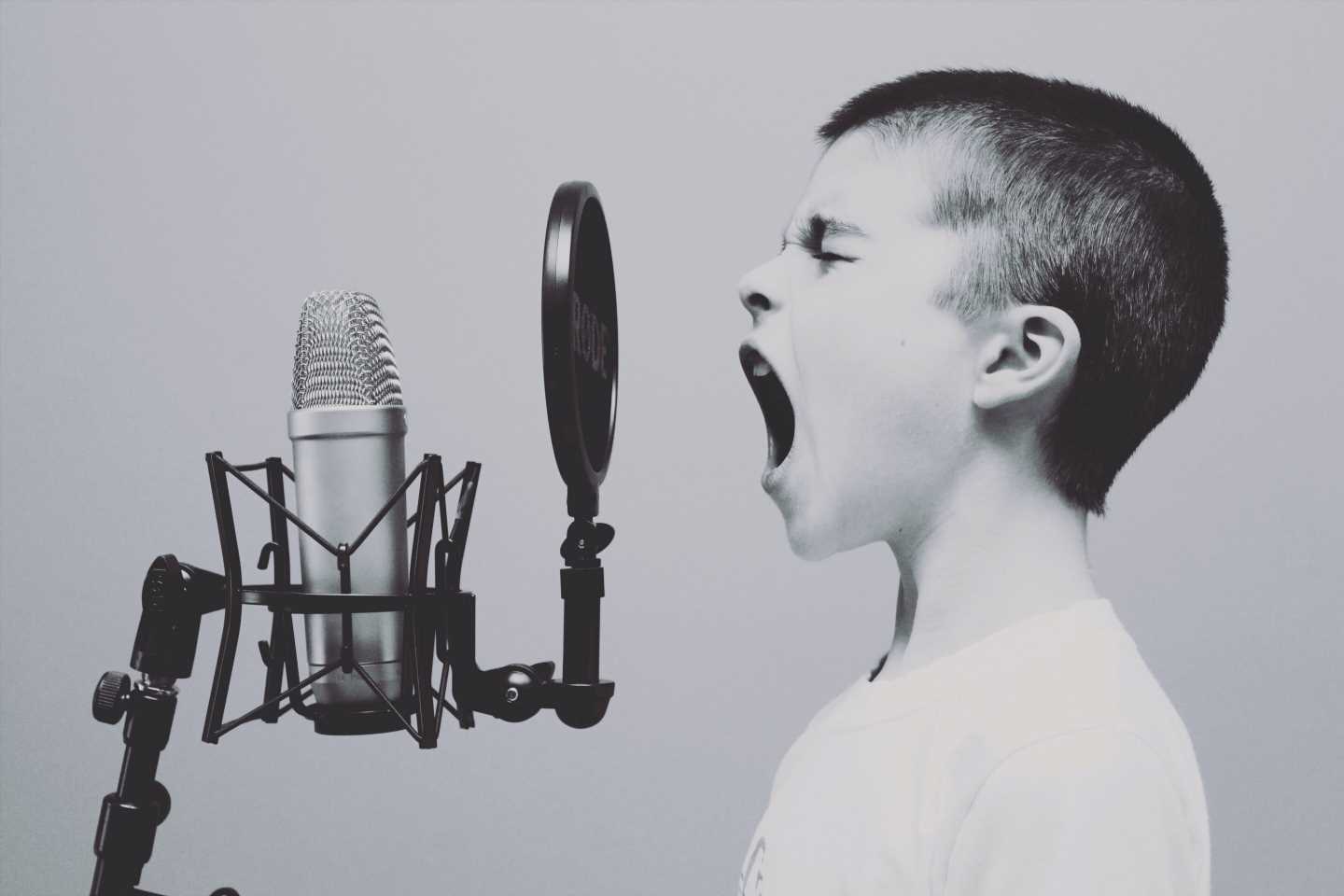
Screaming may be associated with a multitude of emotions or functions. We might scream when we are surprised or when we experience joy, pleasure or excitement. We scream with sadness, fear and grief, too. We might scream while cheering on our favorite sporting team or even during intimacy.
In some ways, there are parallels between why we cry and why we scream. Screaming is often considered a vocalization of an intense emotion. It could be involuntary or a reflex.
Screaming is a universal vocalization and it’s perhaps one of the most primal modes of communication for human survival. We are hardwired to scream from the moment we are born, and there’s some fun research in this area.
For example, we know that babies signal their needs with cries (and sometimes screams), but a study from Current Biology suggests that newborns wail with different melodies or accents. This seems to depend on the vocalizations they heard from the outside world during their last trimester. A French group of infants cried and screamed with a rising melody while the German group expressed falling contours in the vocalization, mirroring the differences in accents they were previously exposed to.
Screaming as survival
There is some research that suggests that screaming could serve a few important functions in non-human animals and primates when they’re about to be captured by a predator. In this case, screaming might have an important function for an animal to communicate with their fellow primates to alert them and help them avoid capture. It could also be designed to cause a diversion so they evade capture themselves. Finally, it may also be a way that they can call for help from others. It’s survival of the fittest.
There’s a study from Biology Letters that looked at the tarsier, a small primate in the Philippines. These animals scream in ultrasonic frequency. We can’t hear them screaming but they can hear each other. As a result, they can communicate in a way that can’t be heard by potential predators or competitors, which means it has the function of sounding an alarm, although further research is needed.
Screams signal danger
There’s a cool study I saw that further indicates screams aren’t just a loud vocalization. There seems to be a special acoustic quality to it. It’s a harshness or croaky sound that is described as roughness. It’s a frequency range that creates a special kind of quality to the sound that seems to lead to the perceived alarm quality of the scream. If it has that acoustic quality, then it seems to signal an increased level of danger. They even used MRIs to show that this acoustic roughness actually leads to the activation of parts of the brain that signal danger.
The research is from a Plos Biology 2021 paper that concludes screaming has a special type of acoustic quality. Because of this, it helps differentiate it from other vocalizations. When it’s a unique sound, it may then ensure that it’s socially and biologically efficient and the signal is not lost or misinterpreted. This is important when it may be a life or death situation!
What happens when we scream?
In terms of physiology, a scream starts in the part of the brain described as the limbic system, which is made up of various structures that process emotion and memory. It has the hippocampus, the amygdala, and the hypothalamus. The scream then moves through the other parts of the brain stem to the cerebellum, which creates the sound formation of the scream. From that point, the signals are sent through the spinal cord to muscles associated with vocalizations such as the larynx, vocal chords, chest and stomach.
Pass the popcorn: See a scary movie to increase arousal of the sympathetic nervous system.
A big biological orchestra of events leads to a scream. So when we simply hear a scream, the part of our brain responsible for emotions can also be activated, and it can also activate the sympathetic nervous system fight or flight response, including increased heart rate and blood pressure. There seems to be some hardwired set of responses that can be related to screaming.
Fight or flight
For some animals and people, too, a scream might continue after a predator is long gone. That calls into question whether scaring away the predator was the whole story. Was the scream only to make sure the threat is gone? Maybe it’s also a call for help or to warn others about the predator in the vicinity. Regardless, once you have activated that response in the brain, it can be very hard to discontinue it. Research looking into the possible adaptive functions of the scream is still underway.
I once had a teacher in my undergraduate psychology class who had a lot of fun talking about the misattribution of arousal. His advice was to go to a scary movie or on a rollercoaster for your first date as it will increase the generic arousal of the sympathetic nervous system, which can prime positive arousal or excitement more generally. In other words, feeling the adrenaline rush of a scary rollercoaster or movie may result in sympathetic activation (such as an increased heart rate, etc.) which we can then attribute to something positive, like a person or a situation.
Source: Read Full Article
